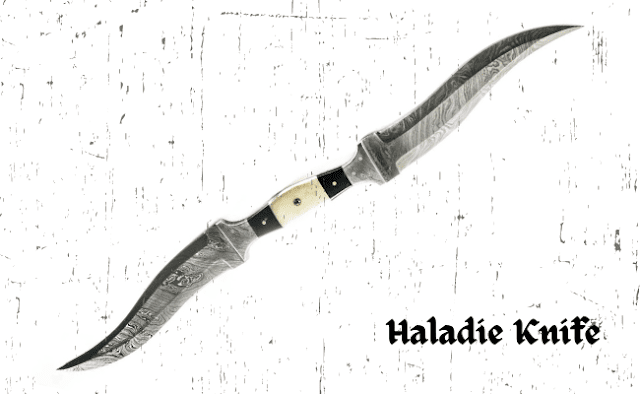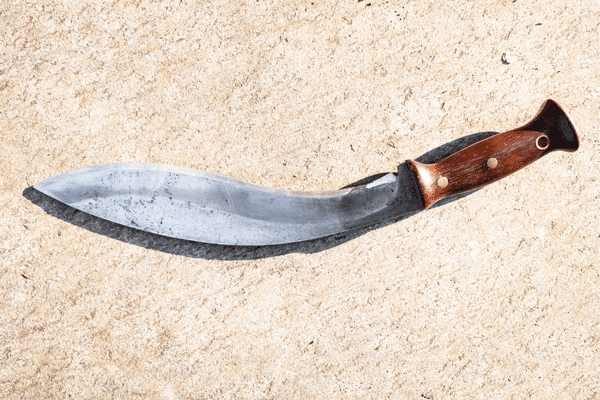The Haladie Knife: Double Trouble in the World of Blades.

As we prepare to delve into the fascinating world of the Haladie knife , knife fans should assemble around. Is this double-bladed bad boy familiar to you? If not, don't worry, we're here to solve the puzzle. Considering that it has two blades instead of one, consider it the knife world's renegade. Aiming to explore? Let's move! What's the Deal with the Haladie? First things first, what is a Haladie? Imagine your regular knife, but then give it a twin – that's the Haladie. It's got two blades side by side, and no, it's not just for show. This knife is like the daredevil of the blade family, ready to tackle tasks with double the edge. The Dynamic Duo: Two Blades, One Knife Alright, let's talk about the star of the show – the dual blades. Why in the world does the Haladie need two blades? Well, it's all about options. Imagine you're in a sticky situation – one blade is for thrusting, and the other is for slashing. It's like having a toolbox

.png)
.png)
